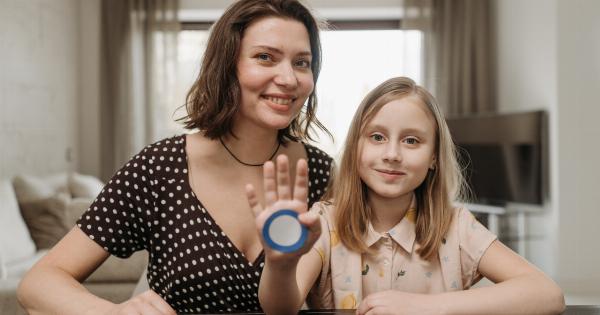In recent years, there have been significant advancements in wearable technology, transforming the way we monitor and manage our health. One particularly exciting development is the use of wearable devices to expedite the wound healing process.
These innovative devices offer a convenient and efficient solution to accelerate healing, potentially revolutionizing the healthcare industry.
The Need for Faster Wound Healing
Wound healing can be a complex and time-consuming process, often requiring weeks or even months for complete recovery.
This prolonged healing time may significantly impact patients’ quality of life, leading to increased healthcare costs and a greater risk of complications such as infections. Therefore, finding ways to accelerate this process is of paramount importance.
Understanding the Technology
Wearable devices designed to speed up wound healing work by utilizing various technologies, including biofeedback mechanisms and targeted therapies. These devices are typically lightweight, flexible, and can be easily worn on the body.
One example of such a device is a smart bandage equipped with sensors that monitor the wound’s progress.
These sensors detect changes in temperature, moisture level, and other vital signs, offering real-time feedback to both patients and healthcare providers. By continuously assessing the wound’s healing status, the device ensures timely interventions and promotes faster recovery.
Benefits of Wearable Devices for Wound Healing
The use of wearable devices for wound healing brings forth several notable advantages. Firstly, these devices allow for continuous monitoring, eliminating the need for frequent and often painful dressing changes.
This reduces patient discomfort and enhances convenience.
Secondly, wearable devices can provide personalized treatment plans based on real-time data. Healthcare professionals can remotely access the collected information, allowing them to make informed decisions regarding wound care interventions.
This remote monitoring capability enables healthcare providers to respond promptly to any changes or complications, resulting in better patient outcomes.
Additionally, wearable devices encourage active patient engagement in their own healing process. The ability to visualize wound progress and receive instant feedback increases patient motivation and adherence to treatment plans.
Patients feel more in control of their healing, contributing to a positive mindset that can further enhance the healing process.
Limitations and Considerations
Despite their numerous benefits, wearable devices for wound healing do have some limitations that need to be considered. One significant limitation is their dependence on technology and connectivity.
Reliable network connections and the availability of power sources are essential to ensure continuous data transmission and accurate monitoring. Any disruptions in connectivity may hinder the device’s effectiveness and compromise the healing process.
Another consideration is the potential discomfort or skin irritation caused by prolonged wear. For some individuals with sensitive skin, wearing a device for an extended period may lead to skin rashes or allergic reactions.
Thus, regular monitoring of skin health and appropriate adjustment of the device’s positioning is crucial to prevent any adverse effects.
It is also worth noting that wearable devices for wound healing may not be suitable for all types of wounds. The devices are primarily designed for superficial wounds or incisions that are expected to heal through primary intention.
Complex wounds, such as those with extensive tissue damage or requiring secondary intention healing, may require different treatment approaches and the involvement of healthcare professionals.
The Future of Wearable Technology in Healthcare
The emergence of wearable devices for wound healing signifies a major leap forward in healthcare technology. As technology continues to advance, we can expect more sophisticated devices with improved capabilities and expanded applications.
One potential area of growth is the integration of wireless communication and artificial intelligence algorithms to enable automated and intelligent wound assessment and treatment recommendations.
Moreover, the data collected by these devices can contribute to valuable research and insights on wound healing processes.
The aggregated data can be anonymized and shared with researchers and medical professionals, enabling them to identify patterns, develop better treatment strategies, and ultimately improve overall wound care outcomes.
Conclusion
Wearable devices designed to expedite wound healing represent a remarkable advancement in healthcare technology.
By providing continuous monitoring, personalized treatment plans, and encouraging patient engagement, these devices have the potential to significantly reduce healing time and enhance patient outcomes. However, careful consideration of their limitations and appropriate patient selection is necessary to ensure optimal effectiveness.
As technology continues to evolve, the future of wearable devices in wound healing looks promising, with further innovations and improvements on the horizon.






























